Power outages can feel daunting, especially if they hit during a storm, but they don’t have to throw your life into chaos. As a prepper, I’ve found that preparation gives you a huge sense of calm and control, even when the power goes out.
By following these steps, you can keep yourself and your family safe, warm, and comfortable no matter how long the outage lasts. Here’s a practical guide to help you stay on top of things when the lights go out.
Step 1: Stay Calm and Assess the Situation

First things first—take a deep breath. When the power goes out, it’s easy to panic, but staying calm helps you make smart decisions. Look outside to see if your neighbors have power; this will give you an idea if it’s just your home or a wider issue. Check your circuit breakers in case a tripped switch caused the outage. Once you know what’s happening, you can start tackling the situation confidently.
Step 2: Unplug Electronics to Prevent Damage
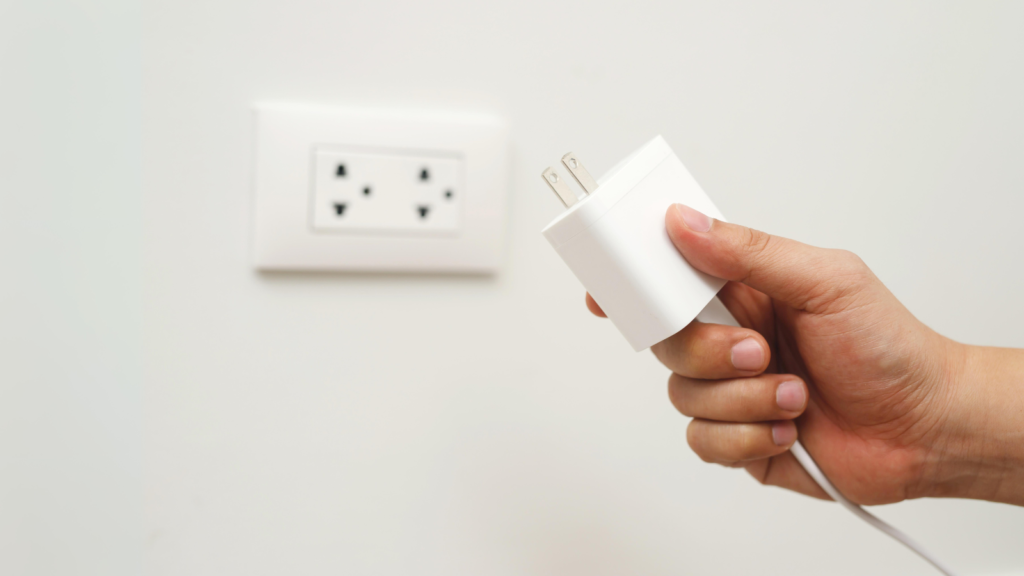
One of the first things I do during an outage is unplug sensitive electronics like computers, TVs, and appliances. When power comes back, there’s often a surge that can damage these items. By unplugging them right away, you’ll avoid expensive repairs or replacements. Once the power is restored, wait a few minutes before plugging everything back in to ensure there’s no spike in voltage.
Step 3: Preserve Heat and Body Warmth

In cold weather, keeping warm is critical. Close all windows and doors to trap heat, and gather everyone in one room, ideally one that’s insulated or has the least amount of drafts. Layer up with sweaters, jackets, and blankets, and if you have sleeping bags, use them for extra warmth. If you’re lucky enough to have a fireplace or wood stove, make use of it, but be careful—only use devices indoors that are safe for enclosed spaces to avoid carbon monoxide poisoning.
Step 4: Use Flashlights Instead of Candles
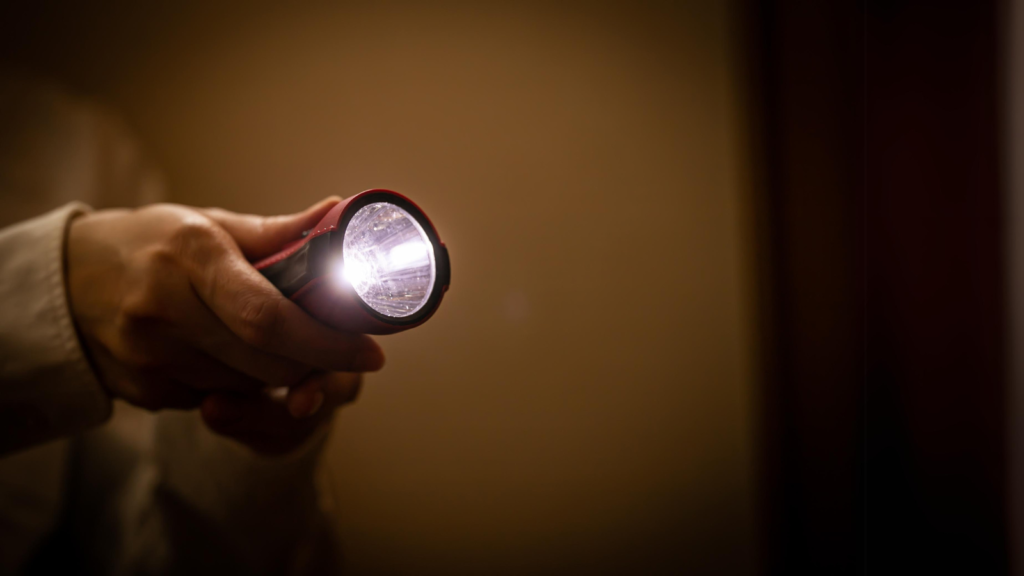
While candles may seem like a go-to option, I always recommend using flashlights or battery-powered lanterns instead. Candles can be dangerous, especially in homes with kids or pets, and the last thing you want during a blackout is a fire. Make sure you’ve got plenty of extra batteries on hand, and try not to rely on your phone’s flashlight—you’ll want to save that battery for communication.
Step 5: Keep Refrigerators and Freezers Closed
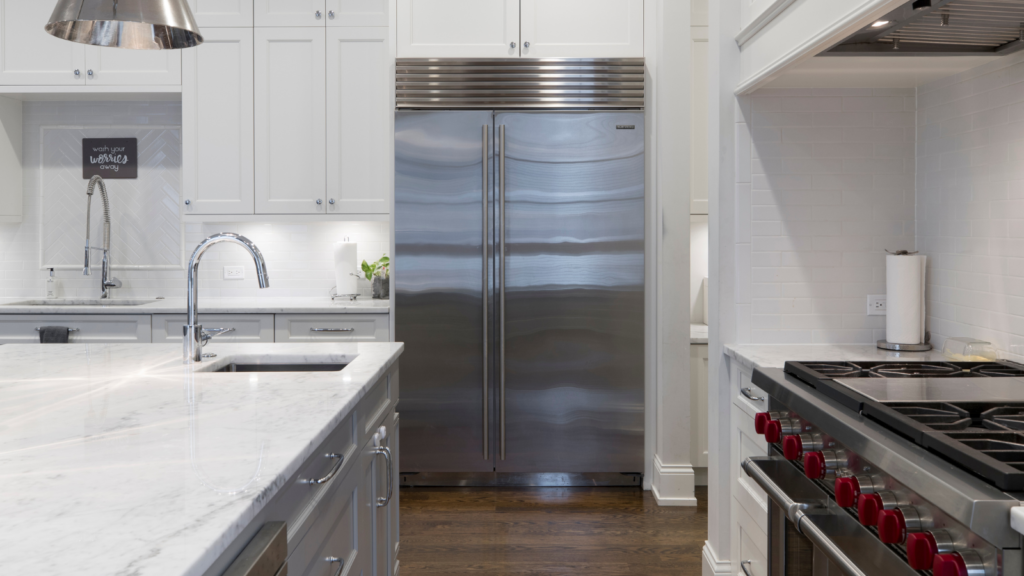
To keep your food from spoiling, leave your refrigerator and freezer doors closed as much as possible. A fridge will keep food cold for about four hours, while a full freezer can maintain its temperature for up to 48 hours. If the outage looks like it’ll last longer, move food to a cooler with ice or snow, if you can. When power returns, check everything for spoilage—better safe than sorry!
Step 6: Check for Updates on the Outage

Stay informed by keeping tabs on updates from your local power company or emergency services. If your phone is still working, check for text alerts or app notifications. A battery-powered or hand-crank radio is also a great backup, especially if cell towers go down. Keeping yourself informed helps you plan ahead, whether it’s to stay put or relocate to a safer, warmer place.
Step 7: Use Generators Safely

If you have a generator, it can be a lifesaver, but it must be used correctly to avoid danger. Never run a generator inside or in an enclosed space like a garage—always keep it outside, away from doors and windows, to avoid carbon monoxide buildup. Follow the manufacturer’s instructions closely, and only connect the generator to essential appliances. I use outdoor-rated extension cords to prevent overheating and keep everything running smoothly.
Step 8: Conserve Phone Battery and Use Backup Power
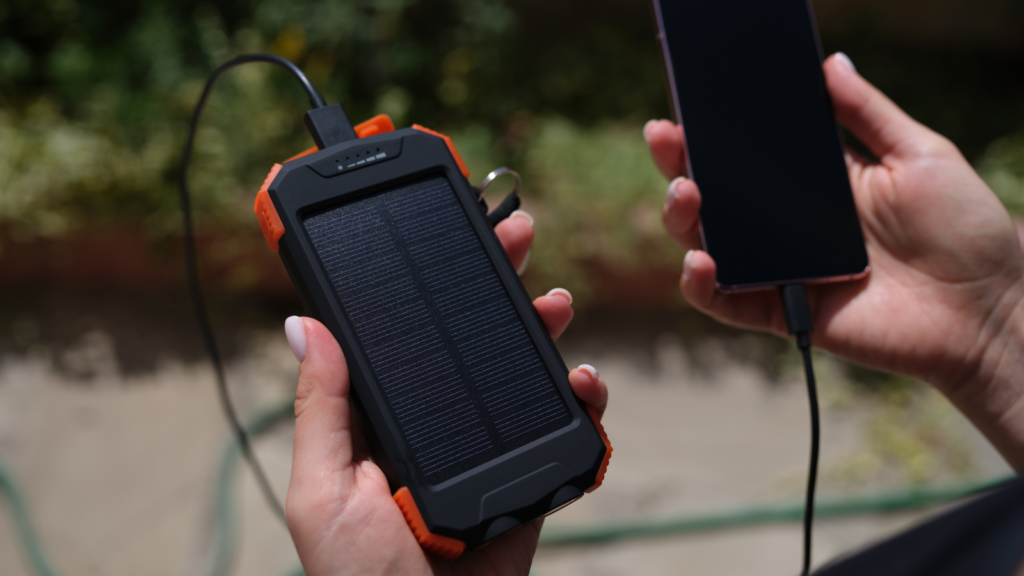
Your phone is your lifeline during a power outage, so it’s crucial to conserve its battery. Switch to battery-saving mode and limit usage to important calls or texts. Avoid draining apps like social media or video streaming. If you’ve prepped with a portable charger or power bank, now’s the time to use it. This helps ensure you stay connected and can access emergency updates or reach out for help.
Step 9: Plan for Long-Term Power Loss

If the outage stretches beyond a few hours, you need to start thinking long-term. Consider heading to a warming center or staying with friends if conditions in your home become unsafe due to extreme cold or a lack of supplies. I always recommend having a backup plan, whether it’s a place to stay or extra fuel for your generator. Having these plans in place before the outage hits keeps things much less stressful.
Step 10: Store Extra Water for Sanitation and Drinking
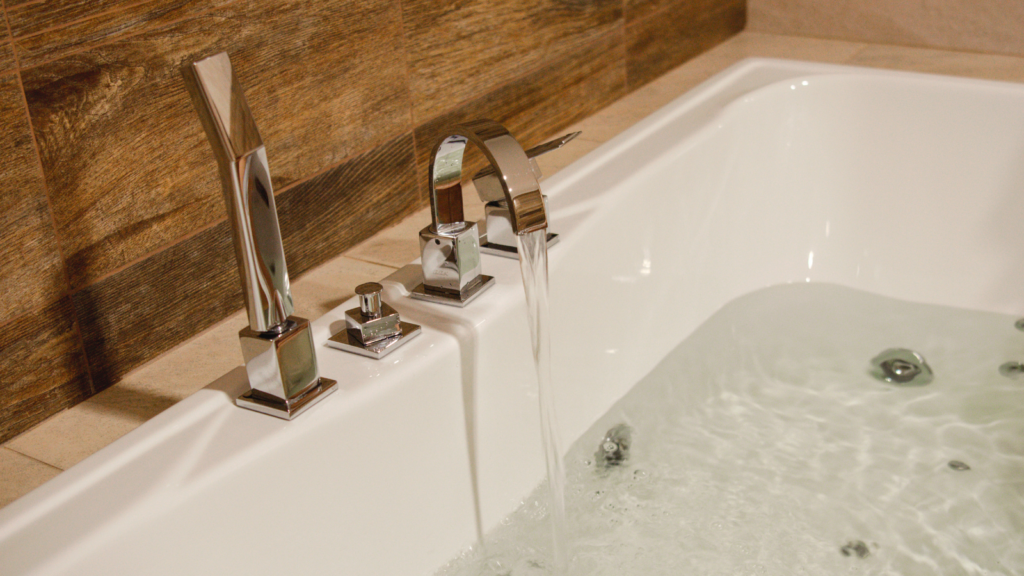
If your water supply depends on electricity, like well pumps, you might lose access to water during an outage. That’s why I always store extra water for drinking, cooking, and cleaning. You’ll want about one gallon per person per day, for at least three days. You can also fill bathtubs and large containers with water for flushing toilets and basic hygiene. Having a solid water supply means you can ride out the outage without scrambling for essentials.
Step 11: Know How to Shut Off Gas and Water
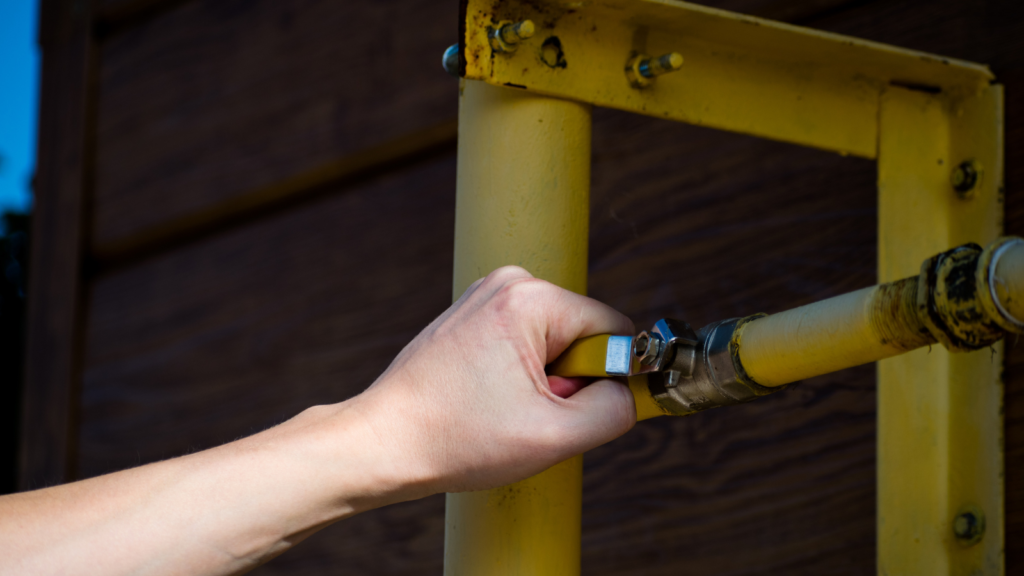
Power outages, especially during winter storms, can lead to frozen pipes or potential gas leaks. Knowing where your gas and water shut-off valves are—and how to use them—can save you a lot of trouble. If a pipe bursts, shutting off the water supply quickly can prevent a huge mess. Practice this ahead of time so you’re not scrambling in an emergency.
Step 12: Keep Emergency Cash on Hand

When the power goes out, you might not be able to access ATMs or use debit and credit cards at stores. This is why it’s a good idea to have a small stash of cash for emergencies. Whether you need to buy extra supplies or pay for fuel, having cash ensures you won’t be left in a bind. Keep it somewhere safe and easily accessible—you’ll be glad you have it when needed.

